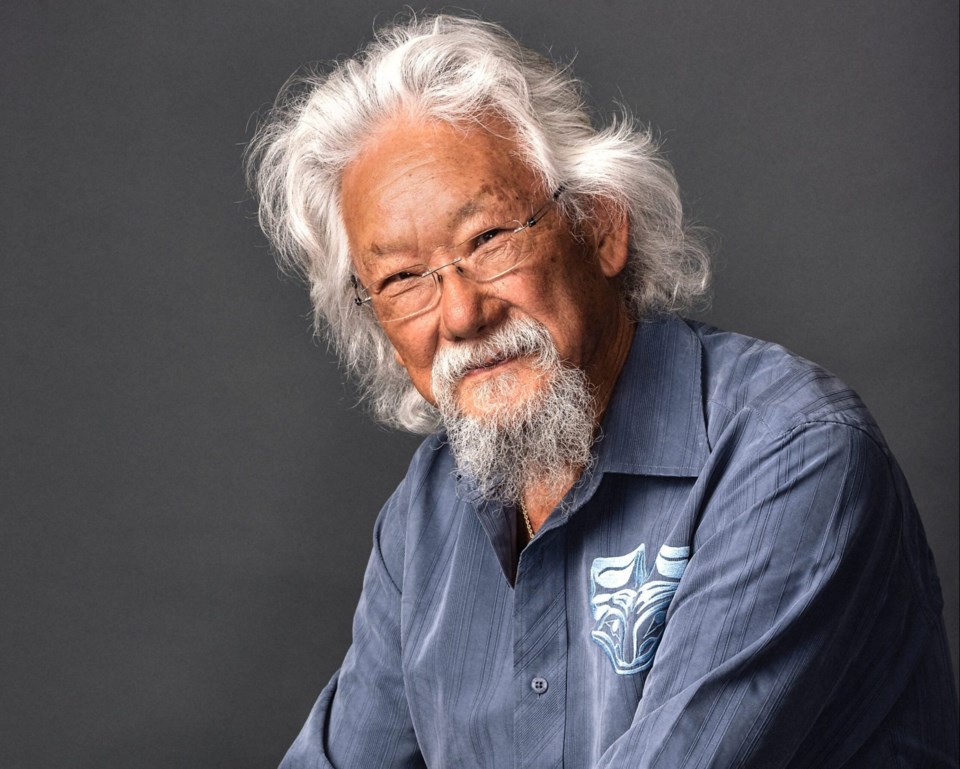It’s tragic and frightening that we’ve reached a point where “” is proposed as necessary to slow or reverse global heating. Many refer to it as an “emergency brake” or “.”
The real solution is to stop extracting and burning fossil fuels and to protect and restore natural ecosystems — something we should have been doing for decades and that we need to step up before it’s too late. Geoengineering can be used to justify prolonging the outdated, destructive fossil fuel era — if the carbon can be captured, why bother slowing the amount pumped into the atmosphere?
Geoengineering refers to large-scale efforts to influence climate. The stability of Earth’s climate systems depends on a delicate balance between surfaces that reflect sunlight back into space, from clouds to ice sheets, and darker areas that absorb more solar radiation, such as the ocean or deserts. Greenhouse gases including carbon dioxide and methane play a major role, trapping more heat as their atmospheric volumes increase.
Geoengineering aims to alter or disrupt some of these processes. A that the U.K. government is funding a number of geoengineering experiments globally, to “test sun-reflecting particles in the stratosphere, brightening reflective clouds using sprays of seawater and pumping water on to sea ice to thicken it.”
Other proposals include sending giant reflectors into orbit.
Those methods, known as “” or “modification,” are aimed at altering the , the amount of sunlight reflected back into space. The other main geoengineering idea is to remove or keep CO2 from the atmosphere. This can be done with technology or, for example, by . (This promotes algae growth, which absorbs atmospheric CO2 but can also cause .) Mixing carbon-storing with soil or using it to make concrete and asphalt is another approach.
Of course, the best carbon capture and storage systems are natural, such as forests, peat bogs, wetlands and the ocean.
Industrial carbon capture and storage is aimed at — or for — preventing an individual facility’s carbon emissions from entering the atmosphere (so it’s not geoengineering). When the carbon is captured, it’s stored where it won’t react with the planet’s atmosphere, or converted to other uses, such as fuel — although much of the little captured today is used to . If it were viable, and not just justification for industry to continue producing polluting products, it could make a difference in difficult-to-decarbonize industries such as steel- and cement-making.
Carbon capture is also being considered on larger geoengineering scales. Known as “,” it’s being tested, or used to make fuels, at plants worldwide, including . Unlike industrial carbon capture, which removes larger amounts of CO2 by volume from a point source, this procedure removes CO2 in much more diluted form directly from the air.
These often costly methods would have to be deployed on a massive scale to dramatically affect global average temperatures and climate — and could trigger disastrous unintended consequences. We too often forget that everything is interconnected, and what we do to one part of nature has cascading effects on other parts, including us.
Seeding the stratosphere with aerosols to reflect more sunlight could damage the ozone layer and would have to be done continuously as aerosols break down after a couple of years. There are many more known and unknown risks of this and other technologies or “fixes.”
Some of these projects would also take a long time to develop, test and operationalize and are already being used as an excuse to keep burning fossil fuels, even though they have yet to be proven effective or safe on a large scale.
Our immediate goals must be to reduce and halt fossil fuel development and burning, shift quickly to cleaner and more cost-effective renewable energy, tackle consumerism, use everything — especially energy — more wisely and protect and restore natural spaces.
We may eventually have to resort to some geoengineering schemes if we fail to address the climate crisis with the urgency it merits, so research should continue. But if we get to the point where we must deploy it widely, we’re in trouble.
Let’s shift course before then.
David Suzuki is a scientist, broadcaster, author and co-founder of the David Suzuki Foundation. Written with David Suzuki Foundation Senior Writer and Editor Ian Hanington.
Learn more at .




